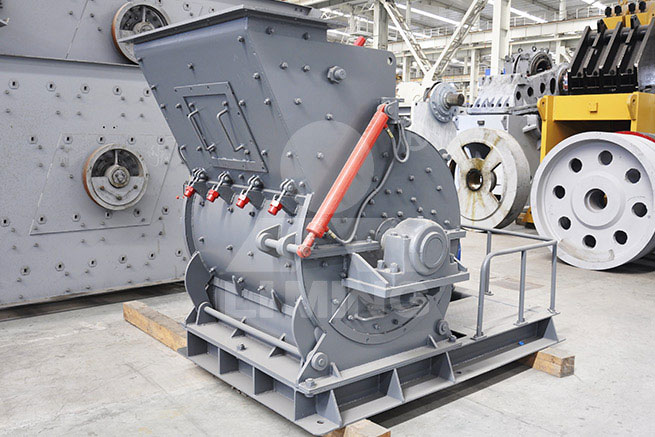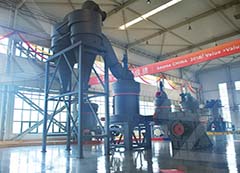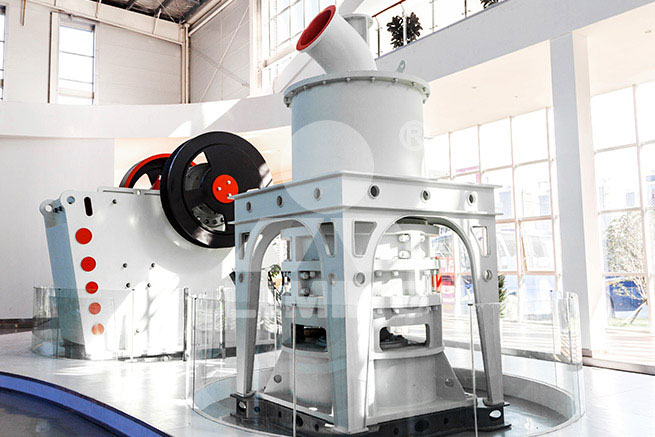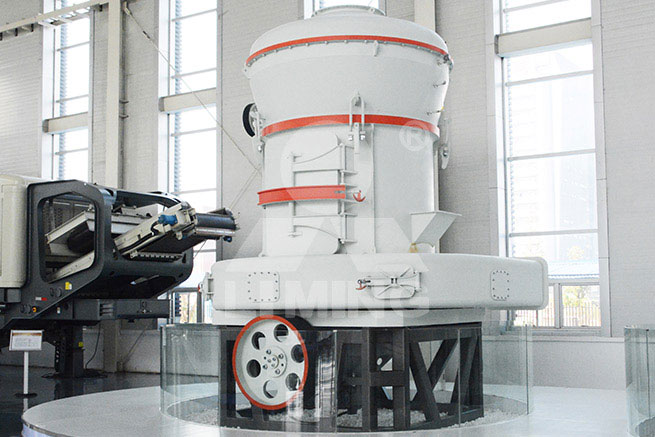0nly mineral with a hardness of 10

What is a mineral with a hardness of 10 on Mohs scale of ...
2009-4-3 · the softest a mineral can be is a 2 and the hardest it can be is a 9, it is a scale of 2-9Another AnswerThe Mohs Scale of hardness ranges from 1 to 10.
Read More

Quick Answer: What Are The 10 Minerals On Mohs
2022-1-30 · Is diamond the only 10 on the Mohs scale? One the Mohs scale of relative hardness, a diamond is rated as 10. Only a mineral that is the same hardness grade can scratch the mineral. Sapphires for example are graded 9 on the Moh’s scale which means that only another Sapphire or a diamond (because the diamond is harder) can scratch a Sapphire.
Read More

What measures the hardness of a mineral from 1 to 10 ...
2020-6-20 · The Mohs scale of mineral hardness is an ordinal scale that tests the hardness of minerals based on their ability to scratch softer materials. The Mohs scale runs from 1 (softest) to 10 (hardest). Talc has a Mohs hardness of 1,while diamond has a hardness of 10. The Mohs scale is only one hardness scale.
Read More

11 Hardest Minerals In The World | On Mohs Scale -
2020-8-15 · 10. Gypsum. Gypsum found in Poland. Mohs hardness: 2. Absolute hardness: 3. Chemical formula: CaSO 4 ·2H 2 O. Gypsum is a sulfate mineral composed of calcium sulfate dihydrate. It is widely mined and used to manufacture cement, plaster of
Read More

mineral - Hardness | Britannica
13 行 · mineral - mineral - Hardness: Hardness (H) is the resistance of a mineral to scratching. It is a property by which minerals may be described relative to a standard scale of 10 minerals known as the Mohs scale of hardness. The degree of hardness is determined by observing the comparative ease or difficulty with which one mineral is scratched by another or by a steel tool.
Read More

Hardness: Mineral Properties - The Mineral and Gemstone ...
If mineral A and B both scratch each other, then their hardness is equal. A scale to measure hardness was devised by Austrian mineralogist Frederick (Friedrich) Mohs in 1822, and is the standard scale for measuring hardness. The scale consists of numbers one through ten; 1 being the softest and 10 being the hardest.
Read More

THE HARDNESS OF ROCKS AND MINERALS - gemcutters.org
2006-2-6 · For example. diamond at 10 is much harder then corundum at 9, while fluorite at 4 is only slightly higher than calcite at 3. A more limited but practical scale can be easily and cheaply obtained by observing your fingernail has a hardness of 2.5, a penny has a hardness of about 3.5, glass and a steel nail have nearly equal hardnesses of 5.5 and ...
Read More
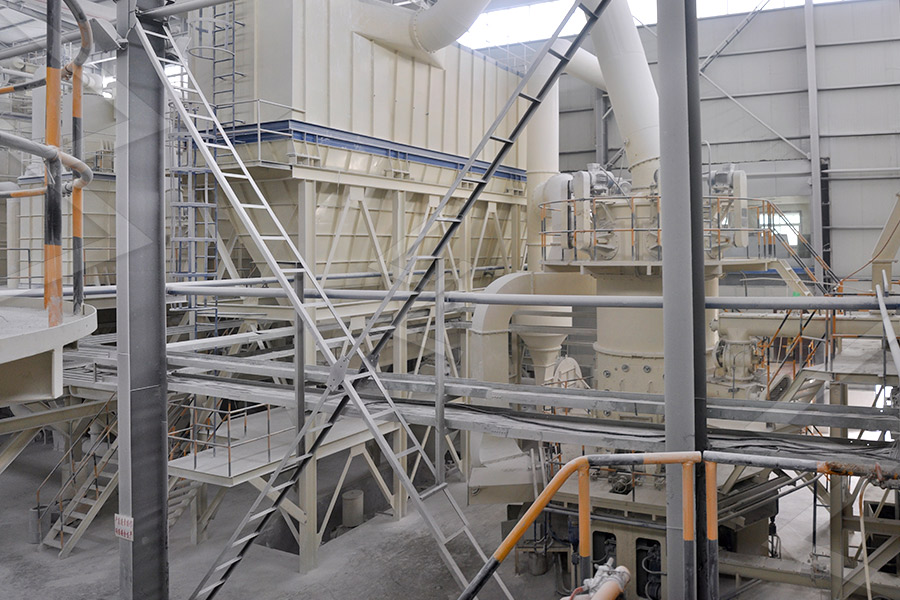
Mohs Scale of Mineral Hardness - What is the Mohs scale
2018-4-6 · Mohs Scale of Mineral Hardness. Rankings on the Mohs Scale show a comparison of hardness among the minerals. Naturally, the minerals with higher numbers will scratch minerals that rank below them on the scale. However, positions on this scale don’t indicate that minerals are equally close to each other in hardness.
Read More

What Minerals Have A Hardness Of 3 - SeniorCare2Share
2022-1-20 · What is the range of hardness minerals can have? Soft – can be scratched by a fingernail, Mohs’ 1-2; Medium – can be scratched by a knife or nail, Mohs’ 3-5; Hard – cannot be scratched by a knife but can scratch glass, Mohs’ 6-9; Diamond is
Read More

What is hardness mineral? - FindAnyAnswer
2020-6-19 · Hardness. Hardness (H) is the resistance of a mineral to scratching. It is a property by which minerals may be described relative to a standard scale of 10 minerals known as the Mohs scale of hardness. Considering this, what is the hardest and softest mineral? All conceivable minerals fit in this scale, since Talc is the softest known mineral ...
Read More

Mohs Scale of Mineral Hardness - What is the Mohs scale
2018-4-6 · Mohs Scale of Mineral Hardness. Rankings on the Mohs Scale show a comparison of hardness among the minerals. Naturally, the minerals with higher numbers will scratch minerals that rank below them on the scale. However,
Read More

How To Identify A Crystal: Hardness ⋆ THE MYSTIC CAT
2021-12-10 · You can fairly easily determine where on the scale a particular mineral lies, using the base 10 minerals. Knowing the material’s hardness level can help you identify what it is, or at least dramatically narrow your search, since there is a
Read More

Is the softest mineral, with a hardness of 1, and is the ...
2021-9-28 · Is the softest mineral, with a hardness of 1, and is the hardest mineral, with a hardness of 10. A Quartz, corundum B. Talc, diamond
Read More

THE HARDNESS OF ROCKS AND MINERALS - gemcutters.org
2006-2-6 · For example. diamond at 10 is much harder then corundum at 9, while fluorite at 4 is only slightly higher than calcite at 3. A more limited but practical scale can be easily and cheaply obtained by observing your fingernail has a hardness of 2.5, a penny has a hardness of about 3.5, glass and a steel nail have nearly equal hardnesses of 5.5 and ...
Read More

Mohs Scale of Mineral Hardness - agmcfo
2018-2-21 · common items used to test hardness. Bolded items are the standard test minerals. Stones with hardness's of under 4 may not polish at all or will only take a light shine. Most of the stones hobbyists polish are in the 6 to 7 range Diamond 10 Corundum 9 Ruby 9 Sapphire 9 Alexandrite 8.5 Chrysoberyl 8.5 Rhodozite 8 Spinel 8 Taaffeite 8
Read More

Mineral Physical Properties
2021-7-27 · Minerals that have the appearance of metals, regardless of color, are said to have a metallic luster. Minerals with a nonmetallic luster are further described by various adjectives such as glassy (vitreous), silky, pearly, milky, or earthy (dull). Hardness Hardness is the resistance of a mineral to scratching. The physical property of hardness is
Read More
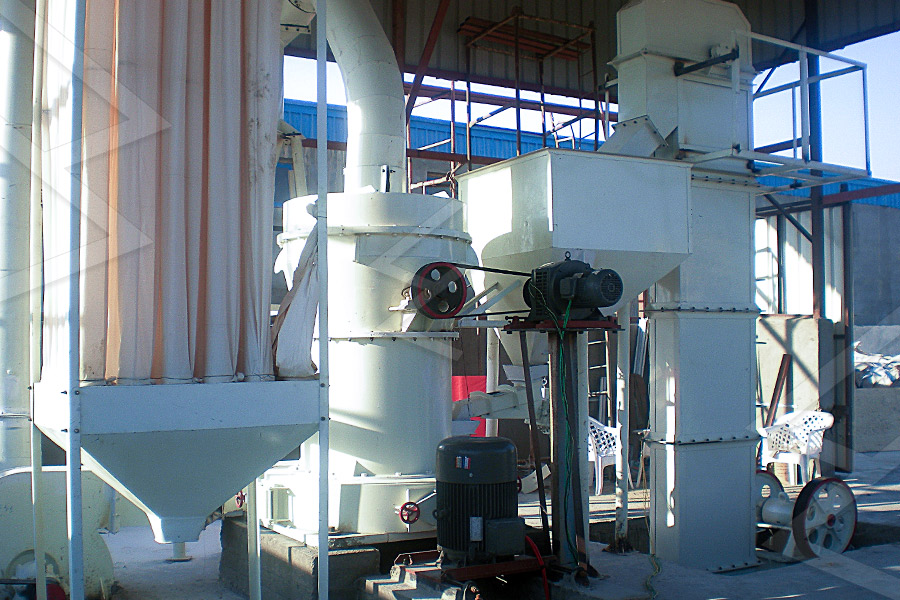
2.3 Mineral Properties – A Practical Guide to Introductory ...
One of the most important diagnostic properties of a mineral is its hardness. In 1812 German mineralogist Friedrich Mohs came up with a list of 10 reasonably common minerals that had a wide range of hardnesses. These minerals are shown in Figure 2.3.3, with the Mohs scale of hardness along the bottom axis.
Read More

How do you test a mineral for hardness?
2020-3-25 · Geologists determine a mineral's hardness by comparing itto the hardness of the minerals on the Mohs scale. Talc, number 1, is the softest and diamond, number 10 is the hardest. a mineral's ability to split easily along flat surfaces.
Read More

The Mohs Hardness Scale And Chart For Select Gems
The Mohs hardness scale measures a mineral's resistance to scratching. Find the traditional scale here and a chart of select gems ordered by hardness.
Read More

The Mohs Scale of Hardness - The Rare Gemstone Company
Mohs Scale Ranking Chart. Diamond is the only mineral with a value of 10, being the hardest mineral. As the graph above shows, there is a large drop from 10 to 9 where the next hardest minerals are categorized (Ruby & Sapphire). However,
Read More

What is hardness mineral? - FindAnyAnswer
2020-6-19 · Hardness. Hardness (H) is the resistance of a mineral to scratching. It is a property by which minerals may be described relative to a standard scale of 10 minerals known as the Mohs scale of hardness. Considering this, what is the hardest and softest mineral? All conceivable minerals fit in this scale, since Talc is the softest known mineral ...
Read More

How To Identify A Crystal: Hardness ⋆ THE MYSTIC CAT
2021-12-10 · You can fairly easily determine where on the scale a particular mineral lies, using the base 10 minerals. Knowing the material’s hardness level can help you identify what it is, or at least dramatically narrow your search, since there is a
Read More

Mohs Scale of Mineral Hardness - What is the Mohs scale
2018-4-6 · Mohs Scale of Mineral Hardness. Rankings on the Mohs Scale show a comparison of hardness among the minerals. Naturally, the minerals with higher numbers will scratch minerals that rank below them on the scale. However,
Read More

Mohs Scale of Mineral Hardness - amfed.org
2017-8-24 · Mohs Scale of Mineral Hardness. In 1812 the Mohs scale of mineral hardness was devised by the German mineralogist Frederich Mohs (1773-1839), who selected the ten minerals because they were common or readily available. The scale is not a linear scale, but somewhat arbitrary. Talcum powder. Plaster of paris.
Read More

Hardness of Minerals - Ohio History Central
2019-8-28 · A mineral or other material with a higher hardness number can scratch anything with an equal or lower number. Thus, a copper penny can scratch calcite, gypsum and talc, while a fingernail can scratch only gypsum and talc. A piece of quartz can scratch fluorite but it cannot scratch topaz. The Mohs Hardness Scale With Other Materials
Read More

How do you test a mineral for hardness?
2020-3-25 · Geologists determine a mineral's hardness by comparing itto the hardness of the minerals on the Mohs scale. Talc, number 1, is the softest and diamond, number 10 is the hardest. a mineral's ability to split easily along flat surfaces.
Read More

Mohs Scale of Mineral Hardness - agmcfo
2018-2-21 · common items used to test hardness. Bolded items are the standard test minerals. Stones with hardness's of under 4 may not polish at all or will only take a light shine. Most of the stones hobbyists polish are in the 6 to 7 range Diamond 10 Corundum 9 Ruby 9 Sapphire 9 Alexandrite 8.5 Chrysoberyl 8.5 Rhodozite 8 Spinel 8 Taaffeite 8
Read More

Mineral Physical Properties
2021-7-27 · Minerals that have the appearance of metals, regardless of color, are said to have a metallic luster. Minerals with a nonmetallic luster are further described by various adjectives such as glassy (vitreous), silky, pearly, milky, or earthy (dull). Hardness Hardness is the resistance of a mineral to scratching. The physical property of hardness is
Read More

04Lab Mineral Identification
2010-7-22 · ESS 210 Lab 4: Mineral Identification 3 Hardness Streak Color Cleavage and Fracture Mineral Color, Specific Gravity, etc. Luster Mineral Name 5 to 6 Green to black or no streak 2 cleavage planes at 90° Black to dark green, blocky appearance Dull to vitreous Pyroxene 1.5 to 2.5 Yellow to white Conchoidal to irregular ...
Read More
- << Previous:Dibujo De Partes De Una Trituradora De Hielo
- >> Next:Sand Mining Allegedly


